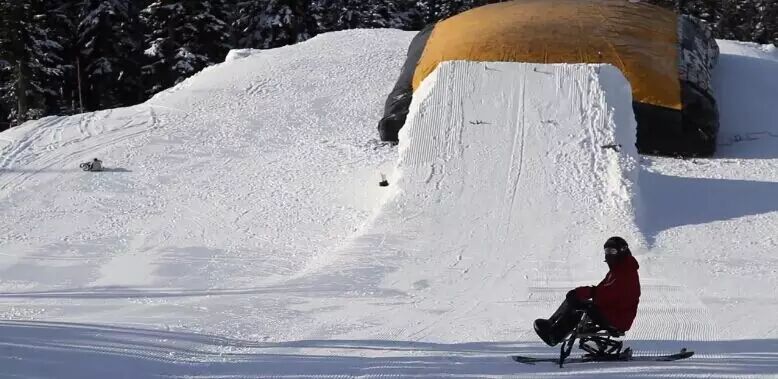[Ski Resort Guide] What’s the first step for skiing beginners to finally become pros?
![[Ski Resort Guide] What’s the first step for skiing beginners to finally become pros?](https://api.zsiga.xyz/mp-weixin-attachment/cover/19/2649987764_1.jpg)


The scorching summer heat is unbearable—let’s be honest, nowhere feels as refreshing as hitting the slopes. On a brilliantly sunny day, there’s nothing quite like experiencing fluffy snowflakes swirling around you while you work on perfecting your skiing skills. It’s the ultimate chance for a beginner like me to turn things around and finally master this thrilling sport! But if you’re stuck because you can’t head overseas for some real outdoor skiing, why not give indoor ski resorts a try? Sure, they might not offer the same expansive, open-air experience as their outdoor counterparts, but they’re more than enough for beginners to practice and build confidence on the slopes. This article is especially tailored for those of you itching to step onto the snowy terrain—at Beijing Qiaobo, for instance—but still feeling a bit intimidated. As for seasoned pros and experts? Well, feel free to skip right past this one—you’ve probably got plenty of other spots to conquer!
Qiaobo offers three types of ski tickets: daytime passes (weekday and weekend sessions) and nighttime passes.
Official website price:
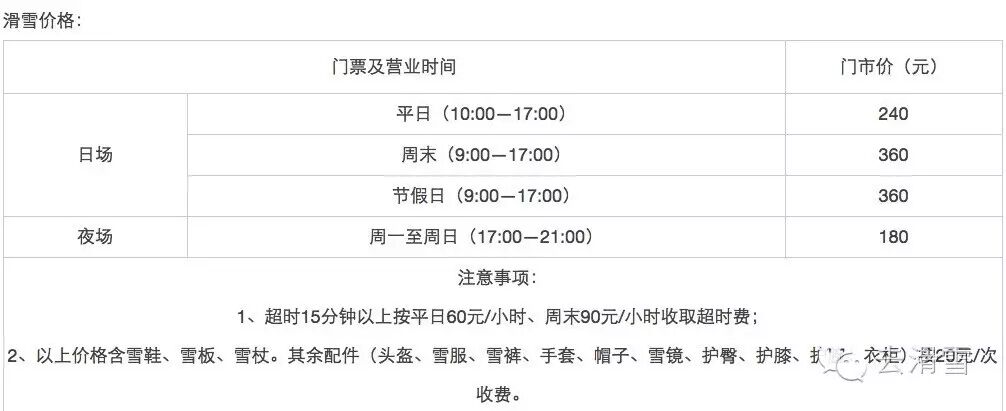 If you want to buy a genuine, full-price ticket, just head straight to the counter—no need to wait!
If you want to buy a genuine, full-price ticket, just head straight to the counter—no need to wait!
Taobao Price:
When buying tickets on Taobao, it’s still a good idea to compare prices from multiple sellers—but the ticket issuance process is indeed quick. Just keep in mind that before making your purchase, you should always confirm whether tickets are currently available, to avoid the frustrating situation of buying only to find out later that no tickets are left.
Qiaobo's official WeChat account price (WeChat ID: qiaobohuaxueguan):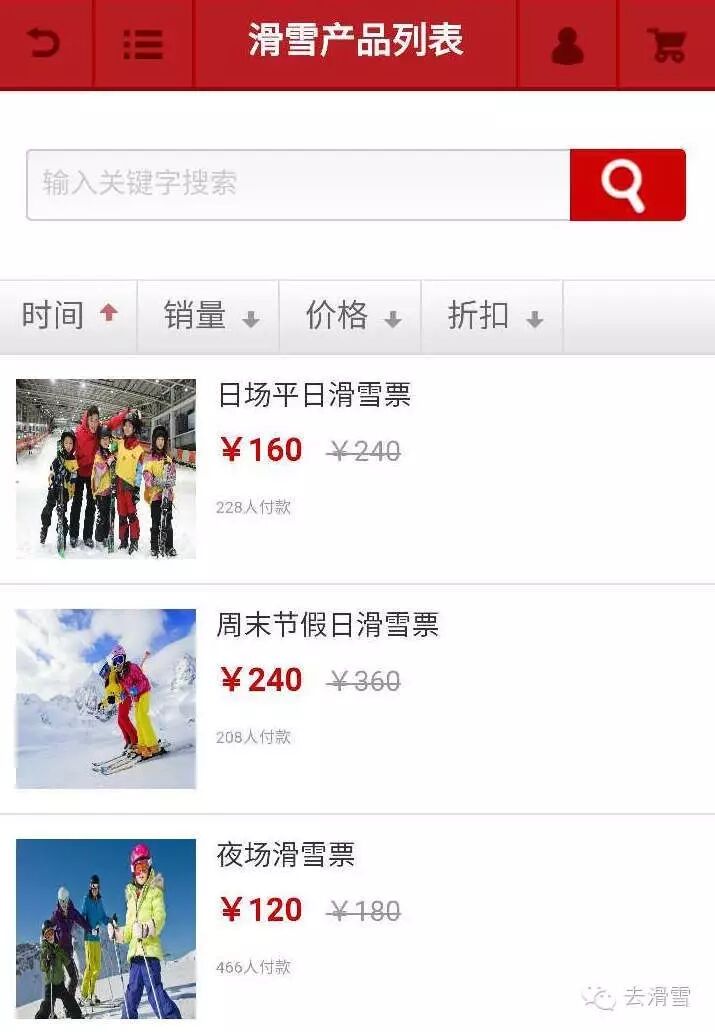
When you purchase on WeChat, you’ll need to provide your delivery address and phone number. After completing your order, the status will show as “Awaiting Shipment.” But don’t worry—your ski tickets won’t actually be shipped directly to your workplace (…). Instead, just present your order number at the counter when you’re ready to hit the slopes!
However, there are a few things you should still keep in mind:
You cannot switch ski board types mid-session. If you need to change boards during your session, there’s an additional fee of 50 yuan on weekdays and 80 yuan on weekends and holidays.
No matter which ticket you purchase, please pay attention to the operating hours. If you exceed the allotted time by more than 15 minutes, an overtime fee will be charged at 60 yuan per hour on weekdays and 90 yuan per hour on weekends.
The ski pass price includes ski equipment (snowshoes, skis, and poles). However, additional accessories—such as lockers—are available for rent at 20 yuan per item per use. Gloves, on the other hand, can only be purchased—they’re not available for rent—and cost 20 yuan per pair.
In addition to the ski pass, each person is required to pay a deposit of 200 yuan, which will then be directly deducted from your total spending at the ski resort—except for food and beverage purchases.
Snowsuit:
Although it’s called an indoor ski resort, the temperature inside is still quite chilly—personally, I’d say it’s no less cold than an outdoor ski slope in winter. So, make sure you don’t skimp on your measures; definitely don’t risk looking cool by skipping your ski suit! (Of course, that goes without saying for the seasoned pros—who know better and can afford to play it however they please, since after all, your skills are top-notch and your attitude’s as bold as ever.)
Snowshoes:
Just go by your usual shoe size—make sure to replace them promptly if they don’t fit properly.
Snowboard:
Board Rental: Staff will provide you with the appropriate snowboard and poles based on your snowshoe size.
The criterion for determining if a snowboard is the right size is simple: Hold the board upright until it reaches chin level.
Protective gear:
Since you'll be indoors, where there’s only artificial lighting and no sunlight, you can safely leave your snow goggles behind—for now. But aside from the goggles, make sure to wear as much protective gear as possible—especially if you’re a beginner (trust me, falling can really hurt!). If you’d rather not wear everything, at least don’t skip the helmet and gloves—they’re absolutely essential. And once you’ve rented a helmet, be sure to try it on first—it shouldn’t feel too loose or too tight. If it doesn’t fit properly, swap it out right away for a better-fitting one.
Through-Board: (Directly insert image)
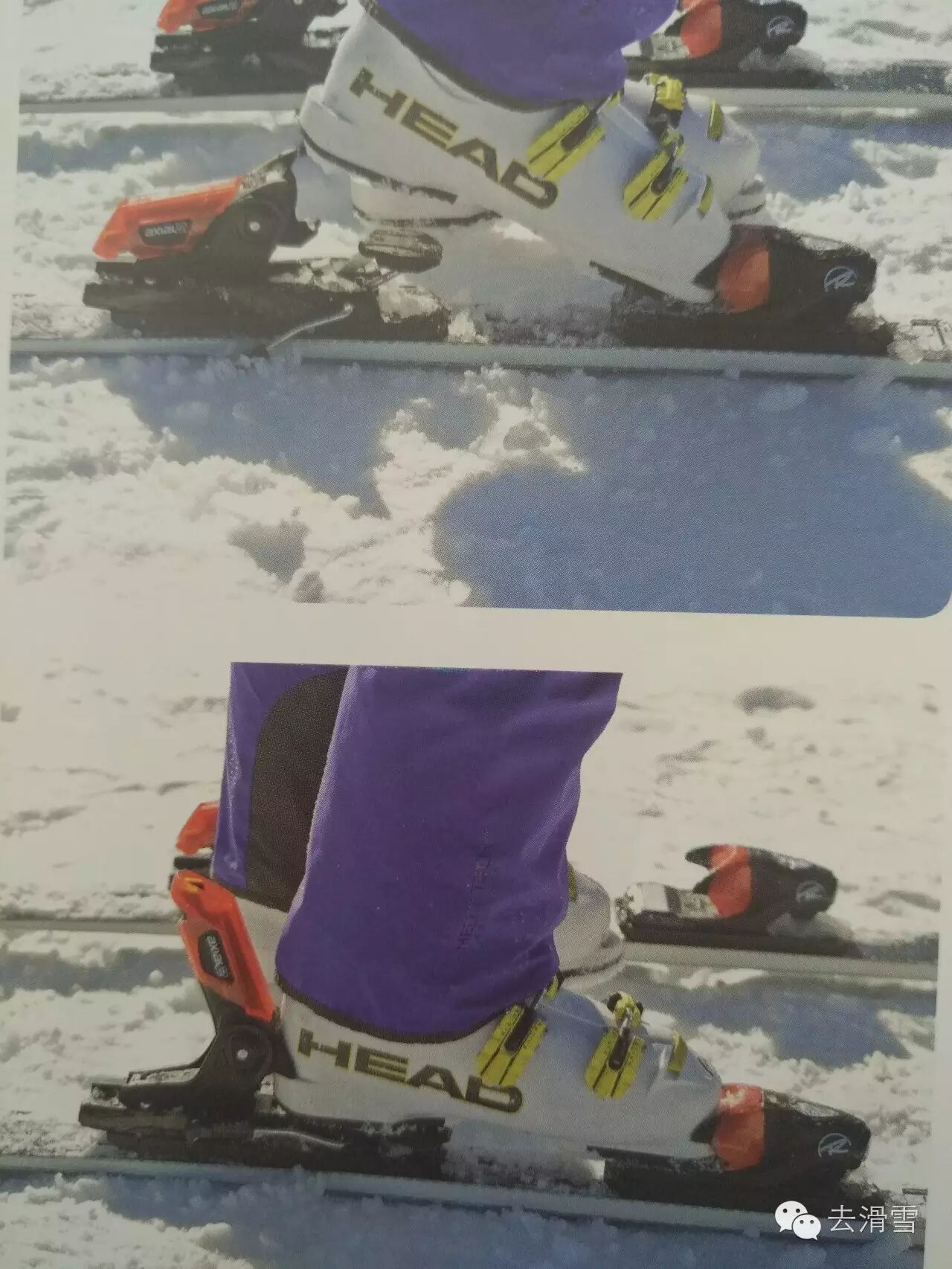
Put on your snowshoes, step onto your snowboard, and get your ski gear ready—now we’re all set to start skiing!
If you're a complete beginner with no experience in skiing, you can start by practicing walking on snow.
Tips for walking in snow: Take small steps and keep both skis parallel.
Qiaobo indoor beginner-level track probably looks like this:
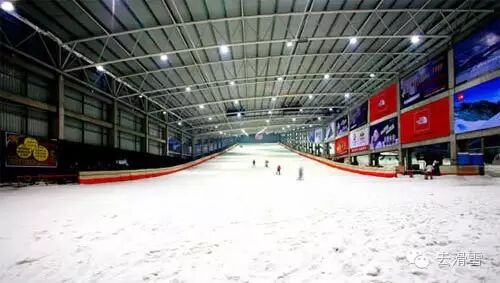
So if you’re a timid, unsteady skier—especially a complete beginner—why not start by sliding down from halfway along the slope? (But trust me, it’s really exhausting!)
But if you’re still fairly confident in your sliding skills, you can hop on the magic carpet and glide down from the top of the slope.
Regarding the magic carpet: Here's what students trying it for the first time should know ↓
Snowboarding: When you’re wobbling (or maybe struggling?) and finally manage to shuffle over to the magic carpet, don’t panic! Just line up your feet squarely on the carpet and gently start moving forward—before long, the magic carpet will whisk you along. If you lose your balance and find yourself leaning back, simply use your poles to gently push backward, and you’ll be fine. And here’s a golden rule: Never try to mimic how you’d step onto an escalator by first placing one foot down, then the other. Not only is it risky, but trust me, you’ll end up taking a pretty embarrassing tumble. Oh, and don’t ask how I know—just hiding my face in embarrassment!
When heading down the magic carpet, keep in mind that sometimes the slope where the carpet descends is perfectly groomed—almost flat with minimal curvature—making it easy even for beginners to handle smoothly. But other times, the slope at the magic carpet has sharp, steep curves. Add to that a beginner who hasn’t yet mastered any skiing techniques, and it’s all too easy to end up sliding right back to the "starting line" of the ski run. That’s why beginners should focus on shifting their weight forward as they descend. And if the turns are particularly tight and curved, don’t hesitate to use your poles for support while navigating those tricky sections.
Snowboard: Riding the magic carpet—either with one foot on the board or by simply taking off your snowboard and stepping onto it—shouldn’t be a problem, right?
According to the plan, you’re now safely standing at the top of the ski slope—either with the confident, "I’ve got this" attitude, or perhaps bracing yourself for a determined, "No turning back now" kind of resolve.
"If you feel like all this preliminary work has already drained half your energy, the editor suggests you take off your snowboard, obediently step off the slope, and find a coach to guide you instead."
Coach Qiaobo's pricing:
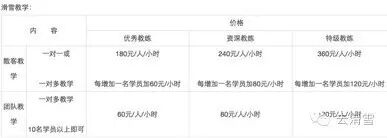
If you still stubbornly believe that skiing is no big deal and you’ve got it all under control—so much so that you don’t even need a coach—then we recommend beginners try skiing downhill in the "plow" position. (For detailed instructions on the plow technique, click here ☞Skiing Plow Brake Technique (Inside-Edge Brake)). On Joebo's beginner slope, the terrain slopes steeply at first and then eases off. If snowboard beginners find themselves descending too quickly, they can simply slow down by slightly turning their board tails outward. This technique can also be used for braking (as shown in the image below).
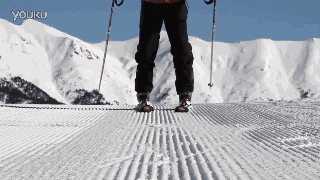
Beginners should definitely avoid charging straight up the slope, especially when there’s no one around to guide or supervise.
Beginner snowboarders: Practice braking on your snowboard, focusing primarily on mastering precise edge control to build a solid foundation for turning.
Forward braking: Shift your weight onto your front leg, and as you brake, lean your upper body outward while keeping your eyes focused to the side. Simultaneously, kick the board forward with your back leg, lifting your toes off the ground, and execute a pushing motion—this is how you perform a back-edge brake.
Backward braking: Keep your center of gravity over your front leg. As you brake, lift your heel while pressing firmly with your toes. Make sure to keep your eyes looking upward, and simultaneously push off with your back leg—driving your knee into the snow—while applying a forward-edge brake.
Fall and stand up:
Most beginners dread falling—yet it’s inevitable. Learning the proper techniques for falling and getting back up not only ensures safety but also helps newcomers overcome their fear of skiing altogether.
Snowboarding:
The correct falling posture: When you lose your balance, avoid struggling—instead, quickly bend your knees to lower your center of gravity. Extend your arms naturally, and gently shift your hips sideways as you sit down on the mountain side. Keep both skis slightly lifted off the ground to prevent them from rolling. Before coming to a complete stop, avoid extending your legs or letting any part of your skis touch the snow; instead, maintain a slightly crouched position.
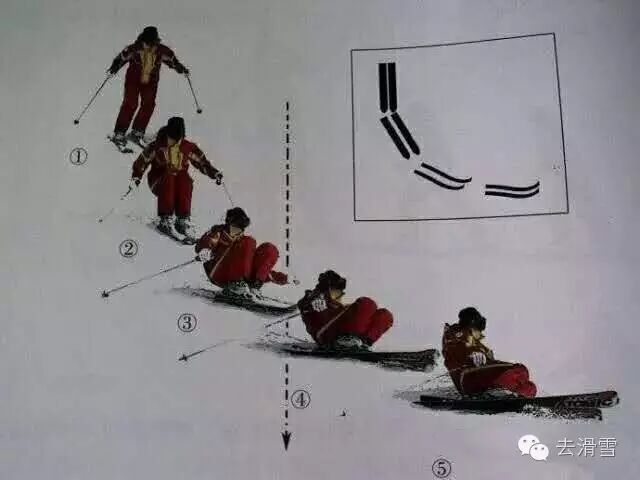
Incorrect posture: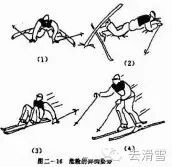
Standing:
Single-pole and double-pole stand-ups:
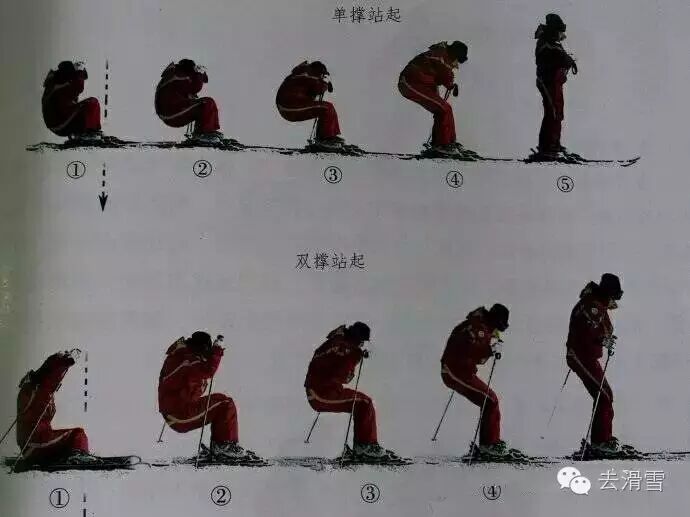
Eight Characters Stand Up:
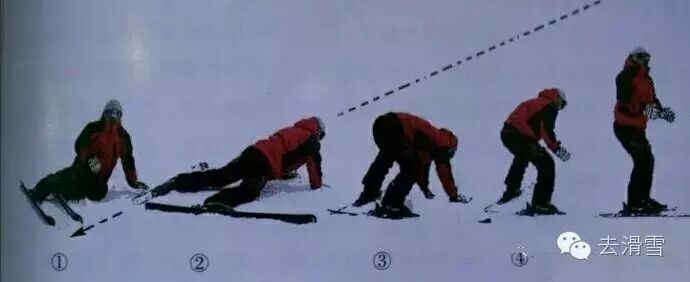
Ultimate trick: If you’re really struggling to get your skis on and can’t even stand up, just take them off, stand up, and then put them back on. To remove the skis, simply press the control lever at the heel area and slide the boot out of the binding—use your poles, your hands, or even your other foot if needed. The principle is straightforward: release the heel piece by pressing down on the control lever, and voilà—you’ve got your skis off!
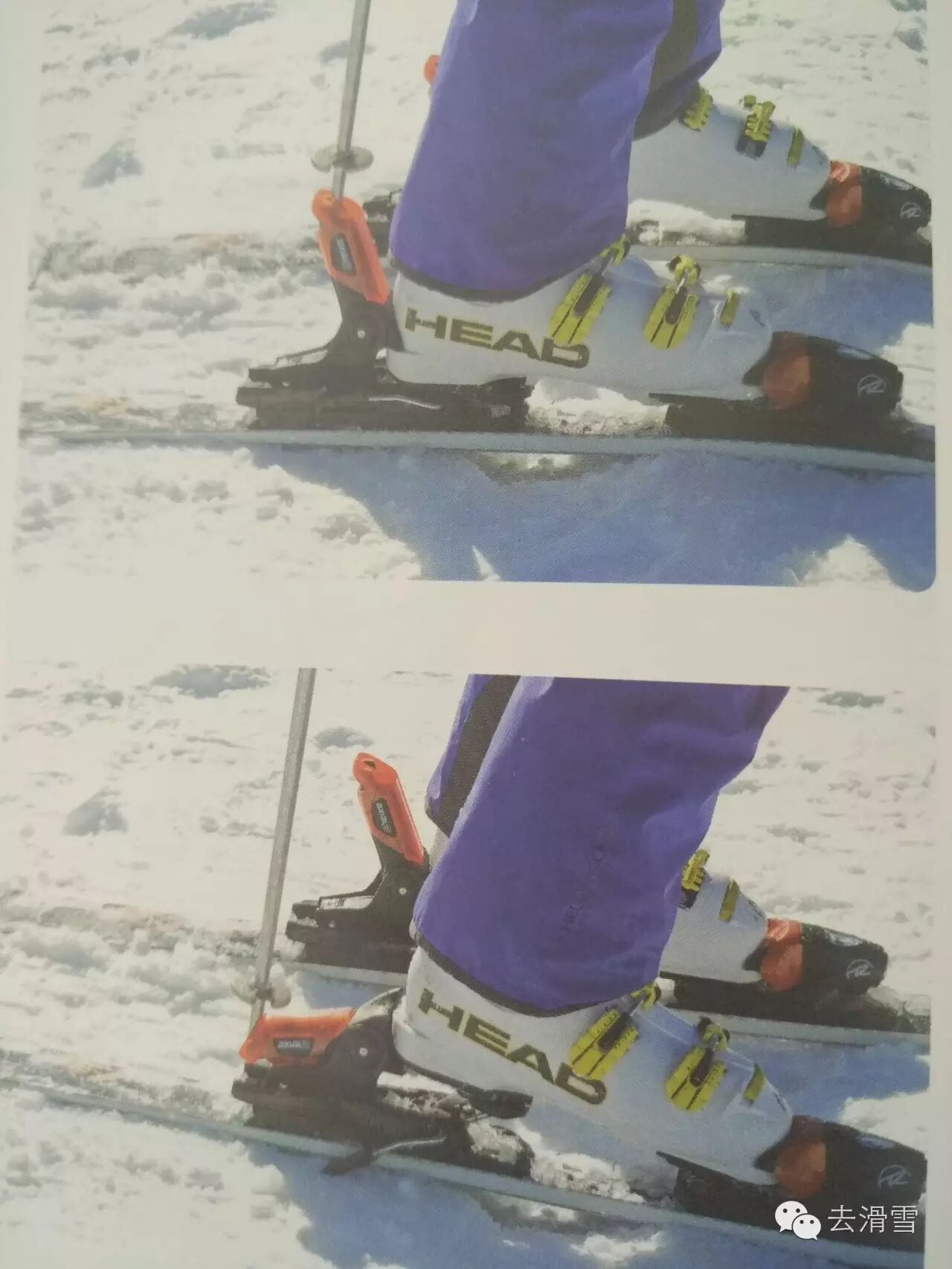
Single board:
Falling posture:
Standing:
The standing-up method for toe side:
Supporting with the steel edge on the toe side and the knees.
Use your hands for support, and lift your lower body first.
Hand off the ground until fully standing.
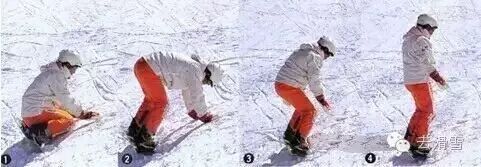
The starting rule for the heel side:
Support yourself on the steel edge of your heel side and the ground with your hips.
Use your hands for support, and lift your lower body first.
Hand off the ground until fully standing.
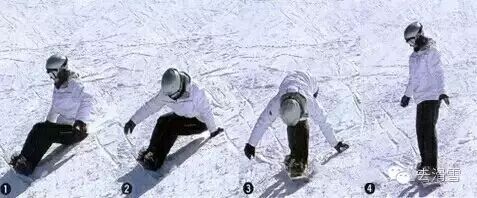
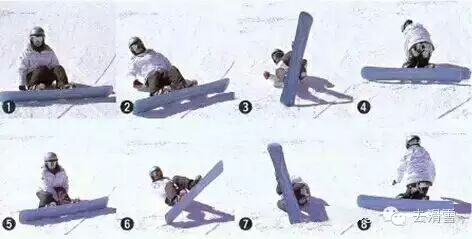
Dining: There aren’t many places to eat near Qiaobo. Inside Qiaobo, you’ll find a water bar, as well as indoor options like a Chinese restaurant, hot pot spot, Western-style dining area, and even a cozy café. If you’re heading to the night session, we recommend bringing your own snacks and drinks—after all, you’ll only have 4 hours of sliding time. By the time you finish playing around 9 p.m. and head out, it might be tough to grab something quick to satisfy your hunger!
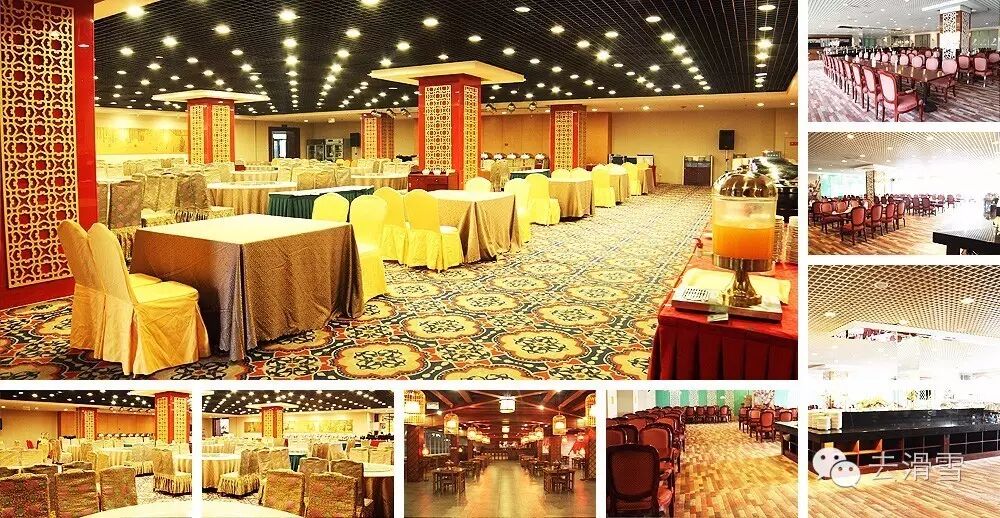
Accommodation: Right near Chopi, you’ll find your own hotel—the Chopi International Convention Center. You can make reservations directly through the official Chopi website or on other accommodation platforms like Booking.com.
Travel: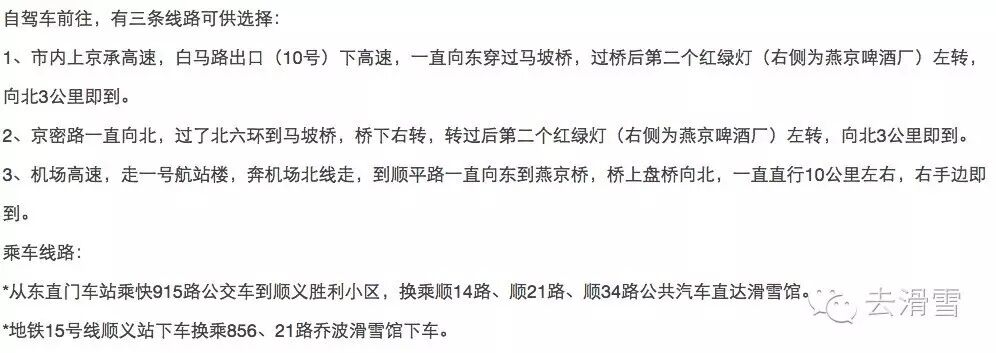
For more information about Qiaobo Skiing, please visitwww.qbski.com
For more skiing knowledge, please log in.www.quhuaxue.com
Statement: Original articles from "Go Skiing" may not be reproduced without permission.



 WeChat ID: quhuaxue01
WeChat ID: quhuaxue01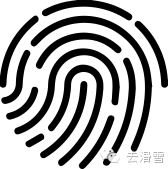 Long press the QR code on the left to follow
Long press the QR code on the left to follow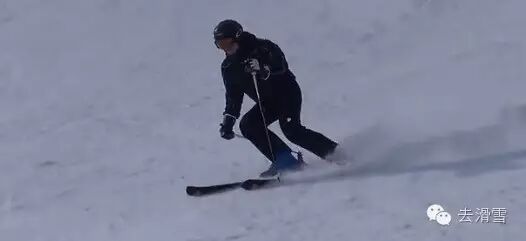
![[Event Registration] The 2-Day Fun Skiing Event at Dolomite, departing on December 25 for Christmas, is now open for registration!](https://api.zsiga.xyz/mp-weixin-attachment/cover/19/401272871_1.jpg)
